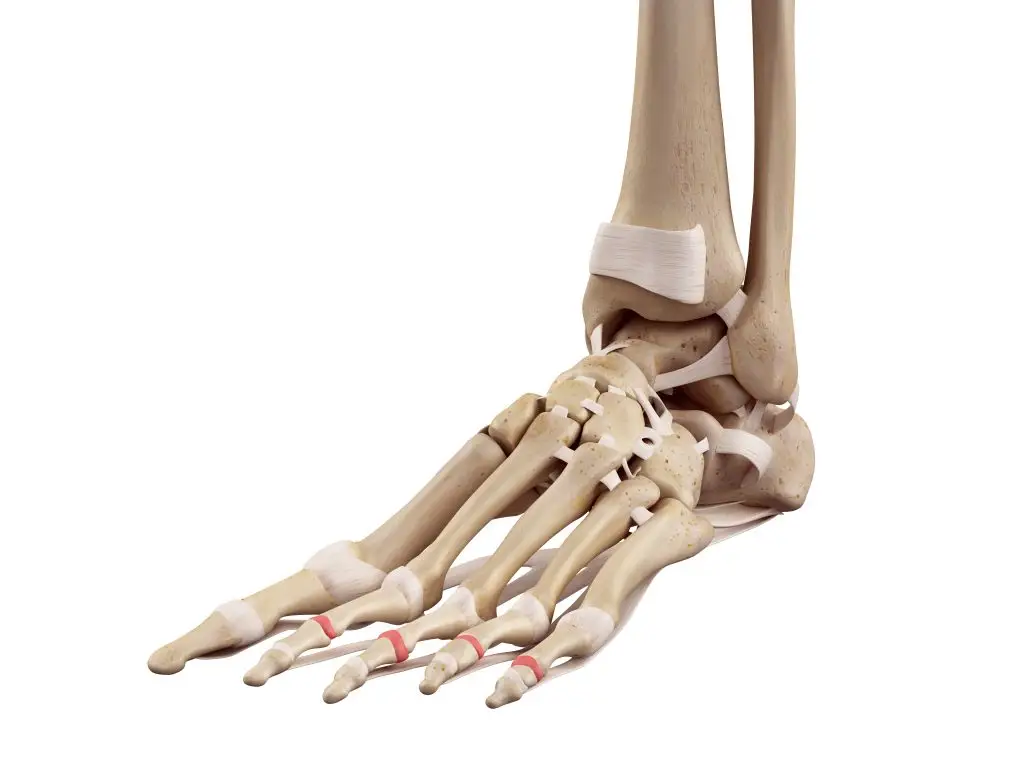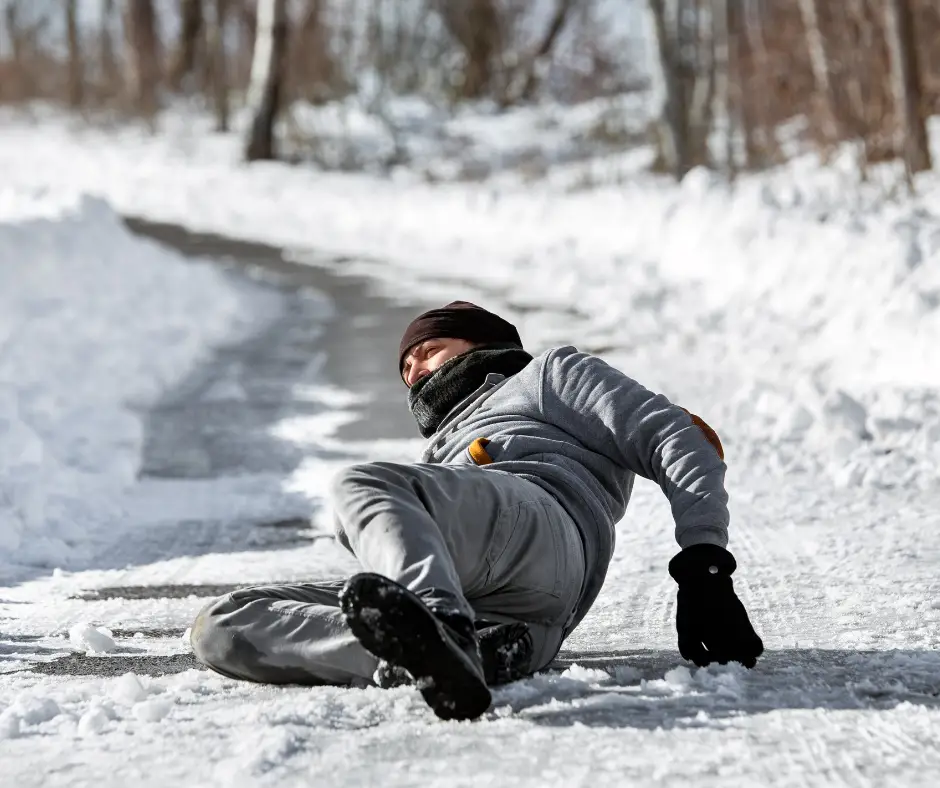“People don’t slip
time catches up with them“
Nat King Cole
Split Second
A sprained ankle is one of the most common injures that is seen in Accident and Emergency Department, up and down the country.
It is so easy to do.
The majority of these injuries do heal by themselves over the course of a few weeks. But there is the occasional injury which doesn’t. These types of injuries are often missed because there is nothing to see on an x-ray. Patients typically find that after a few months they have still not returned to all their normal activities. Left untreated, these types of ankle sprains, especially if there is any instability, can lead to long term problems.

There are three ankle ligament complexes. One on the inside (medial) and two on the outside (lateral)
- Medial complex
- Deltoid Ligament
- Deep component
- Anterior tibiotalar ligament
- Posterior tibiotalar ligament
- Superficial component
- Tibiocalcaneal ligament
- Tibionavicular ligament
- Deep component
- The Spring Ligament – this is not an ankle ligament, but with the posterior tibial tendon (PTT) contributes to medial stability of the ankle. Both of these structures can be injured in severe ankle sprains.
- Deltoid Ligament
- Lateral Ligament Complex
- Anterior talofibular ligament – ATFL
- Posterior talofibular ligament – PTFL
- Calcaneofibular ligament – CFL
- The Syndesmosis – this is also on the lateral side of the ankle, but higher up.
- Anterior inferior tibiotalar ligament – ATIFL
- Posterior inferior tibiotalar ligament – PTIFL
- Tibiofibular interosseous ligament – TFIL
- Transverse tibiofibular ligament – TTFL
Ankle Sprain
This is caused by twisting or rolling your ankle. When the weather is cold it is usually due to slipping on snow or black ice. The early morning dew can cause problems in Spring, and the wet leaves of Autumn can cause you to fall.
Rest, Ice and Elevation help most ankles injuries to settle down.
Not being able to walk is a sign you may have done more significant damage.
If you have lost confidence in your ankle, you may need more targeted treatment.
Physiotherapy
Most ankle sprains and even many torn ligament, respond well to targeted physiotherapy. This will help to take the swelling done. In time, your ankle will start to feel stronger and you will have more confidence in you ankle.
Balance is often the hardest thing to get back. The sensation that you ankle may give way, may mean that you loose trust in your ankle.
You may find that you start to avoid certain things, or stop participating in certain activities.
With targeted physiotherapy rehab, you should be back to normal activities in about six to eight weeks.
If you are not making the progress you think you should be, you may have a more complex type of ankle sprain or ligament injury.

If you would like a specialist opinion on your progress book a virtual video consultation.


